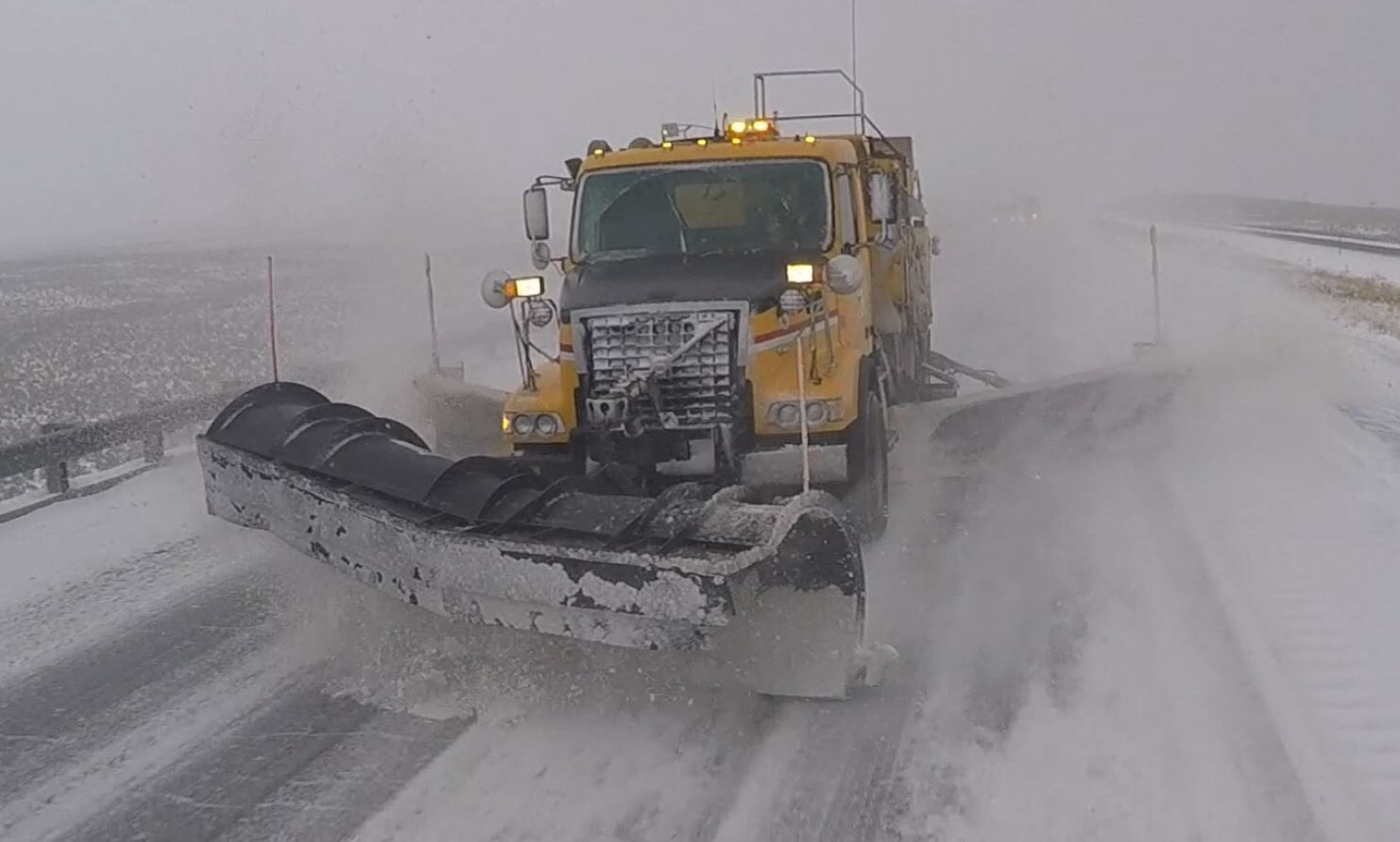VISITOR’S GUIDE GETS FACELIFT
Published 12:00 am Thursday, May 16, 2002
By Ray Linker
Trending
Observer Staff Writer
Those wanting to visit Eastern Oregon should have an easier time mapping their trip when they open the new Eastern Oregon visitors’ guide.
"We’ve completely rewritten and redesign the magazine," said Janet Dodson, executive director of the La Grande/Union County Visitors and Conventions Bureau.
Trending
"We’ve tried to make it easier for visitors to use to help plan their trips to Eastern Oregon," Dodson said.
"Eight counties present a pretty large area, so we’ve designed it with several different trips, with suggested itineraries. There are little break-out boxes of information about each area."
The publisher is the Eastern Oregon Visitors Association, headquartered in Baker City. Dodson said the advertising in the magazine has been grouped to be near other information on each of three distinctive sub-region.
"This arrangement should help both the advertizer and the magazine readers," she said.
Some 200,000 are being printed, with the intent being that the magazine will be used for two years. There will be a different cover for the second year, but the material inside is the same.
The cover for the 2002 issue shows the Imnaha River Canyon in a photo taken by Jeffrey L. Torreta. The 2003 cover will be a photo by David Jensen of the Wallowa Mountains.
The name on the cover says simply, "Eastern Oregon, Wide Open for Discovery."
The three sub-regions inside are titled "Northeast Oregon: Land of Scenic Wonders, Southeast Oregon, Land of Four Rivers and Geological Wonders, and Columbia River Plateau: from the Rivers to the Mountains."
The 32-page magazine will be distributed through more than a dozen outlets, including chambers of commerce in the eight counties, state welcome centers. economic development offices and other places involved in marketing tourism.
?
The annual Dean Runyan Associates report of travel impacts by visitors and travelers in and to Oregon is out.
With 2000 the latest year figures are available for, visitors spent more in practically every category tabulated for both Union and Wallowa counties.
In the category of travel spending by types of accommodations, visitors to Union County spent $31 million in 2000, compared to 28.7 million in 1999. In Wallowa County, it was $20.4 million in 2000, compared to $19 million in 1999.
The largest chunk of visitors’ spending in both counties was for lodging, with $12.3 million being spent in Union County and $6.9 million in Wallowa.
The purpose of the study by Dean Runyan Associates was to document the economic significance of the travel industry in the state.
The report describes the economic impacts of travel to and through the state and each of its 36 counties from 1991 to 2000. It includes detailed estimates of travel spending, the employment and earnings generated by this spending, and travel-generated tax receipts.
Spending is broken down by each type of spending, such as for lodging, meals, transportation, eating and drinking, recreation, retail sales. The study also shows detailed information on where earnings were generated.
Visitor spending generated $6.1 million in 2000 in Union County and $5 million in Wallowa, the study indicated. There were 610 workers in tourist-related employment in Union County in 2000 and 500 in Wallowa County.
According to the study, visitors’ spending generated payments of $1.6 million in local and state tax revenues in Union County and $500,000 in Wallowa County.
The full report is available at www.deanrunyan.com
?
Things are not so bright with some travel-related companies, however. In Portland, The Associated Press reported Shilo Inns has put eight of its 27 bankrupt properties up for sale.
The hotels for sale are in Beaverton, Tigard, Grants Pass, Spokane, Wash., and two each in California and Idaho. Most of the properties contain fewer than 100 rooms and don’t generate strong cash flow, Shilo officials said.
”We are under intense pressure; we have bills to pay,” John Kneeland, Shilo Inns’ vice president and general counsel, said during a bankruptcy hearing.
The chain has suffered from a prolonged hospitality industry slump made worse after Sept. 11, forcing founder Mark Hemstreet to seek bankruptcy protection in March for a majority of the 46 properties, which are located throughout the West.
Each Shilo Inn is organized as a separate limited liability corporation.
In mid-February, Shilo received an offer of $2 million for its 48-room hotel in Delano, Calif.; however, the deal fell through after a creditor objected to some of the terms, Kneeland said.









